Description
Zamia furfuracea, Cardboard Palm
Zamia furfuracea, which resembles a palm tree and feels like cardboard, is also known as the cardboard palm. However, it is not a genuine palm tree. Cycads are ancient, non-flowering plants that have existed for millions of years. Due to their similar look, cycads are frequently mistaken for ferns or palms, yet their closer kinship is with conifers.
Zamia furfuracea, also known as the cardboard palm or cardboard cycad, is a species of cycad native to Mexico that is extensively grown as an ornamental plant in warm regions. It is an evergreen plant, that grows slowly to a height of about 3-4 feet, with a spread of about 6-8 feet. It is well-known for its lovely, feathery leaves, leaves are long and narrow and are a dark green color. The plant produces small, inconspicuous flowers, followed by orange or red berries. The plant is drought-tolerant and can tolerate a wide range of soil conditions, making it a popular choice for landscaping in warm climates. It is also popular as a houseplant in cooler climates. It is generally considered easy to care for and is resistant to pests and diseases.
Cardboard palm plant care
Light: While this plant thrives in bright, indirect light, it can tolerate some shade. Avoid exposing it to direct sunlight, as it can cause the leaves to yellow or brown.
Water the plant on a regular basis, keeping the soil moist but not saturated. Allow the soil to slightly dry between waterings.
Temperature: The plant thrives in warm temperatures in the 70s and 80s and should not be exposed to temperatures below 50 degrees Fahrenheit.
Soil: These plants can tolerate a variety of soil types as long as they maintain good drainage.
Fertilizer: During the growing season (spring and summer), fertilize the plant with a balanced fertilizer every month, and reduce fertilizer in the winter.
Pruning: Keep the plant looking good by removing any dead or damaged leaves as needed.
Pests: Generally, this plant is pest-resistant; however, it can be susceptible to scale insects and mealybugs. If you spot any bugs, use a pesticide or consult a pest control professional.


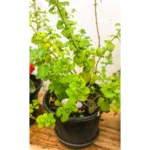
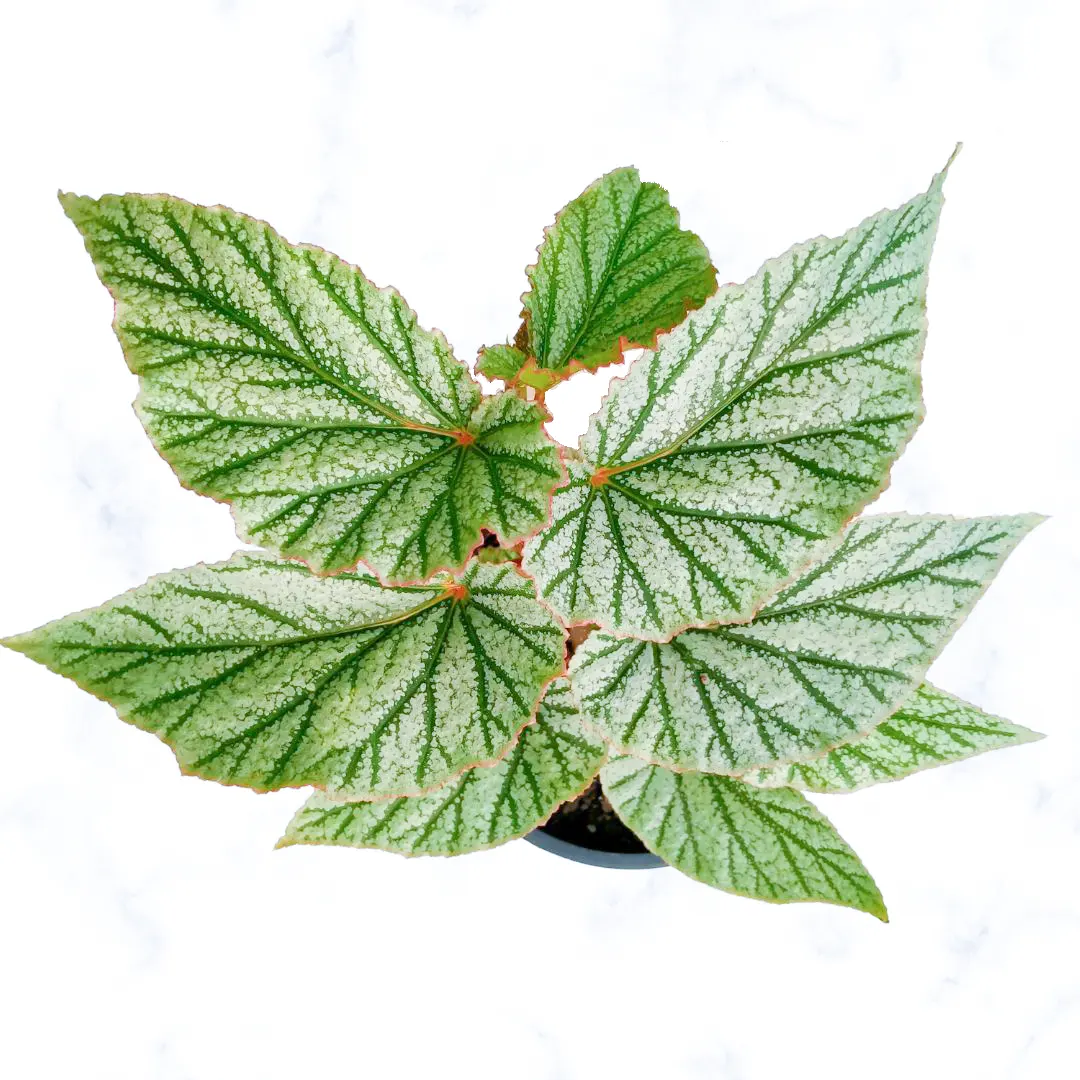
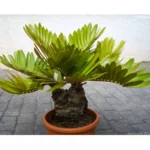
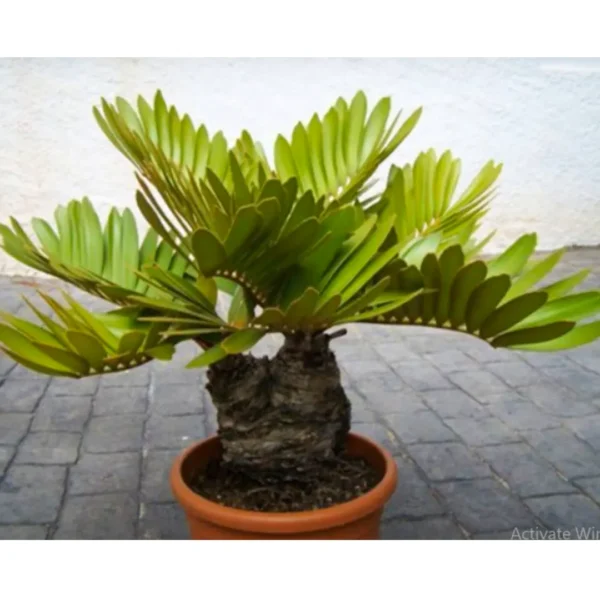
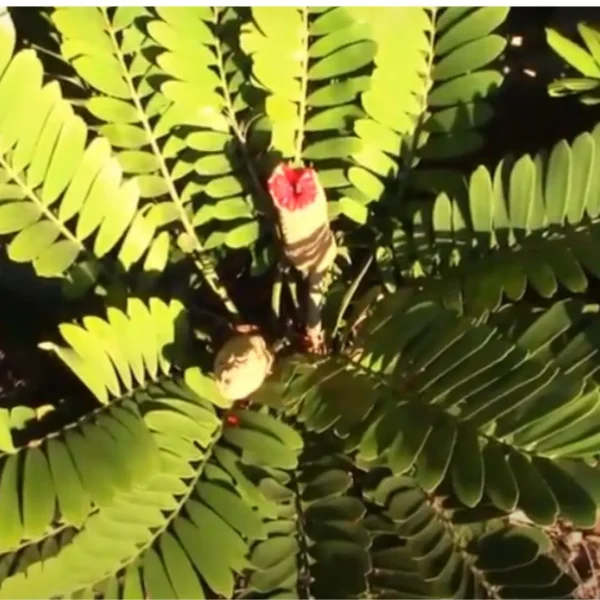
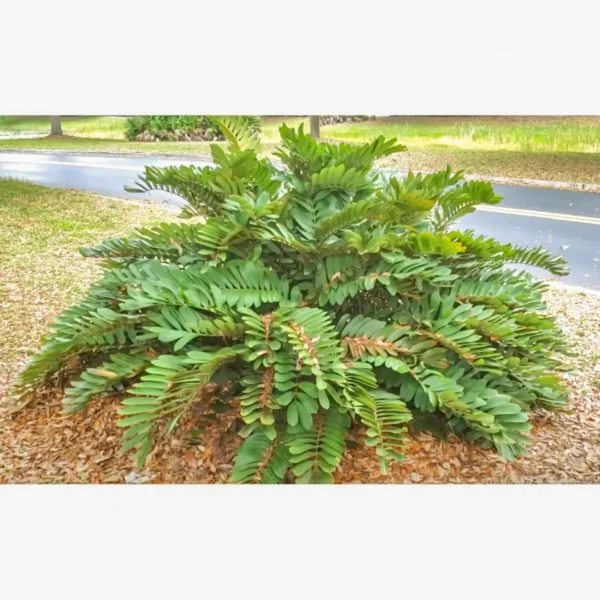
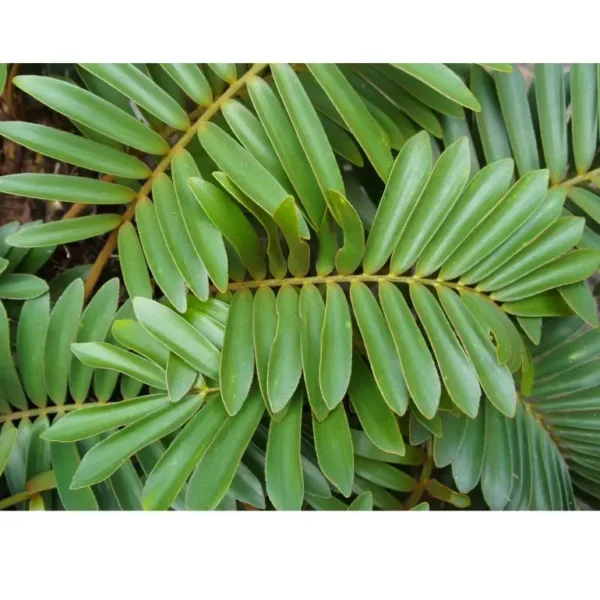
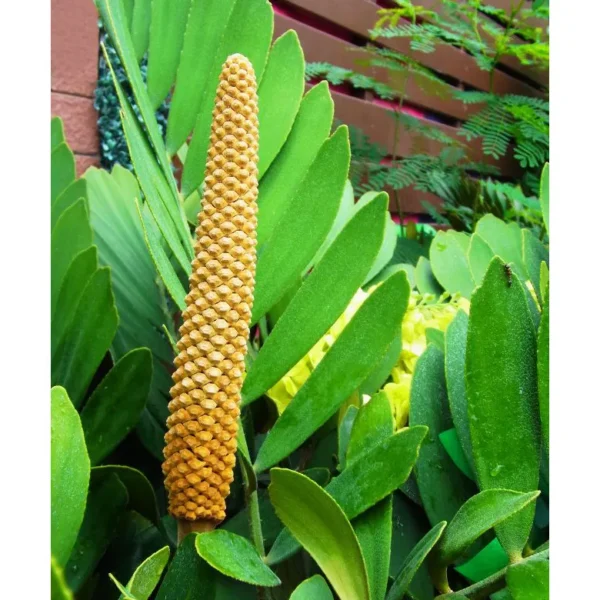





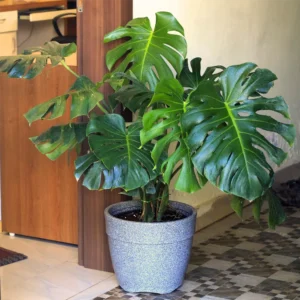
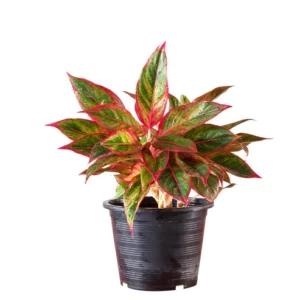

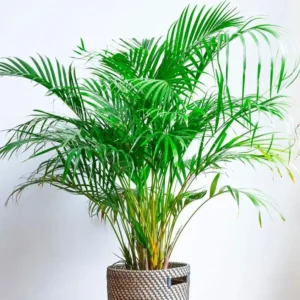
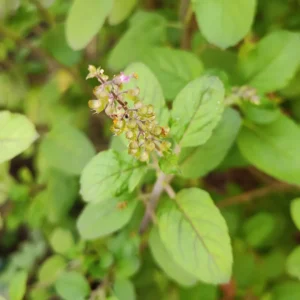
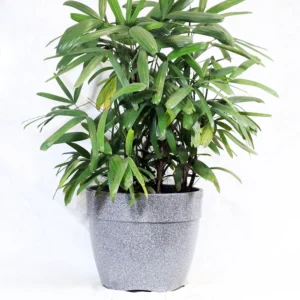
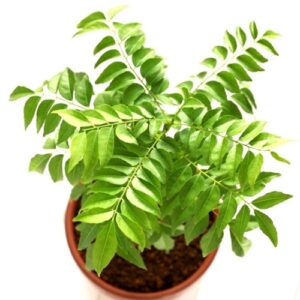
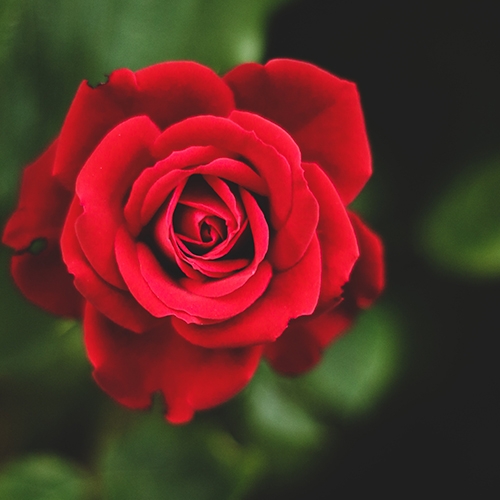
Reviews
There are no reviews yet.